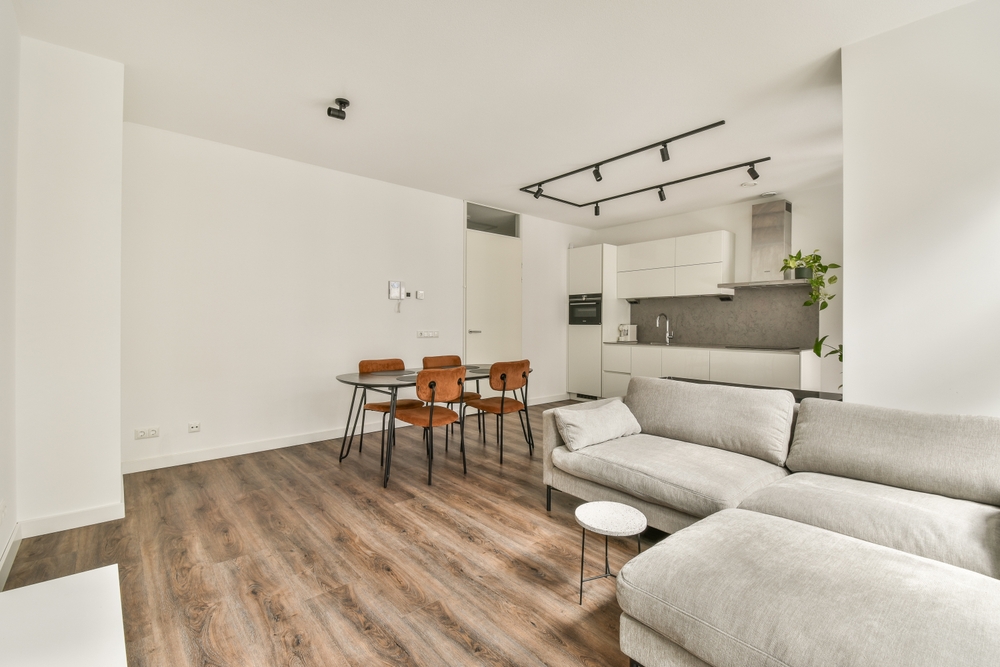Creating Cozy and Welcoming Spaces
In today’s fast-paced world, creating cozy and welcoming spaces in our homes or workplaces has become more important than ever. These environments not only provide comfort and relaxation but also foster a sense of belonging and peace. Whether you are looking to revamp your living room, design a calming bedroom, or create a warm office nook, the key is to blend functionality with warmth. In this article, we will explore how to create spaces that invite you in, make you feel at ease, and encourage connection with those around you.

Understanding the Essence of Cozy and Welcoming Spaces
Before diving into specific design tips, it’s essential to understand what makes a space cozy and welcoming. At its core, coziness is about comfort and warmth—both physical and emotional. It’s a space where you can relax, feel safe, and be yourself. Welcoming spaces extend this idea by inviting others in, encouraging interaction, and creating a sense of community.
The elements that contribute to these feelings include soft textures, warm lighting, personal touches, and thoughtful layouts. However, coziness is also subjective; what feels inviting to one person might not to another. Therefore, the best approach is to tailor your space to your own preferences and lifestyle, keeping in mind the people who will share it with you.
Choosing the Right Colors and Textures
One of the most impactful ways to create a cozy atmosphere is through color and texture. Colors influence mood and perception, so selecting the right palette is crucial.
Warm and Soothing Colors
In 2025, interior design trends continue to favor warm, earthy tones that mimic nature. Shades like soft beige, terracotta, muted mustard, and gentle olive greens are highly effective at making a room feel inviting. These colors create a comforting backdrop without overwhelming the senses. Additionally, incorporating accents of deeper hues, such as navy blue or charcoal gray, can add depth and sophistication while maintaining warmth.
Pastels and lighter neutrals, such as blush pink or creamy white, also work well in smaller spaces or rooms that lack natural light. These colors make the area feel open and airy yet still cozy.
Textures that Embrace You
Texture plays a significant role in making a space feel tactile and lived-in. Think beyond smooth surfaces and incorporate materials that invite touch and provide visual interest. Soft textiles like chunky knit blankets, faux fur cushions, and velvet upholstery add layers of comfort. Natural materials such as wood, rattan, and stone bring an organic warmth that complements cozy interiors.
Mixing textures thoughtfully can prevent a room from feeling flat or sterile. For example, pairing a sleek leather armchair with a plush wool throw or a woven jute rug with linen curtains creates a balanced ambiance that is both stylish and inviting.
Lighting: The Heart of Atmosphere
Lighting is often overlooked but is critical in shaping the mood of any space. The goal is to avoid harsh, overly bright lights and instead create a layered lighting scheme that offers flexibility and softness.
Embrace Natural Light
Whenever possible, maximize natural light. In 2025, there is a growing appreciation for biophilic design—bringing the outdoors inside—which includes letting in daylight to promote well-being. Use sheer curtains or blinds that can be adjusted to let sunlight flood your rooms. Natural light not only enhances colors but also lifts the spirit.
Warm Artificial Lighting
For evening or windowless rooms, opt for warm-toned bulbs with a color temperature around 2700K to 3000K. Avoid cool, bluish lighting that can feel clinical and uninviting. Use lamps, sconces, and pendant lights with dimmers to create a soothing environment that can be adapted for reading, relaxing, or socializing.
Layered lighting is key: combine overhead fixtures with task lighting and ambient sources. Candles, fairy lights, or lantern-style lamps add a magical, intimate glow perfect for cozy corners.
Personal Touches and Layout for Connection
No matter how beautiful or well-designed a space is, it won’t feel truly welcoming without personal touches and a layout that encourages interaction.
Meaningful Decor
Incorporate items that tell your story. Family photos, artwork, books, and souvenirs create a sense of identity and invite conversation. Plants are another excellent addition—they bring life and color while improving air quality and mood.
Avoid clutter by choosing a few cherished pieces rather than overwhelming surfaces with too many objects. This approach keeps the space feeling calm and intentional.
Thoughtful Furniture Arrangement
The way you arrange furniture can make a big difference in how people use and feel in a space. For a living room, position seating to face each other or create a circular arrangement to promote dialogue and closeness. Avoid pushing all furniture against the walls; instead, bring items inward to cultivate intimacy.
If space allows, create multiple zones—such as a reading nook, a game table, or a cozy window seat—to offer different ways for people to relax and connect.
Conclusion
Creating cozy and welcoming spaces is about more than just aesthetics; it’s about crafting environments that nurture comfort, connection, and well-being. By thoughtfully choosing warm colors and textures, optimizing lighting, and adding personal touches alongside a purposeful layout, you can transform any room into a haven that invites you and your guests to slow down and savor the moment.
As we move through 2025, the desire for spaces that provide refuge from the hectic pace of life will only grow stronger. Embrace these principles, and your home or workspace will become a sanctuary that warmly embraces all who enter.
Disclaimer: All content, including text, graphics, images and information, contained on or available through this web site is for general information purposes only. The information and materials contained in these pages and the terms, conditions and descriptions that appear, are subject to change without notice.




